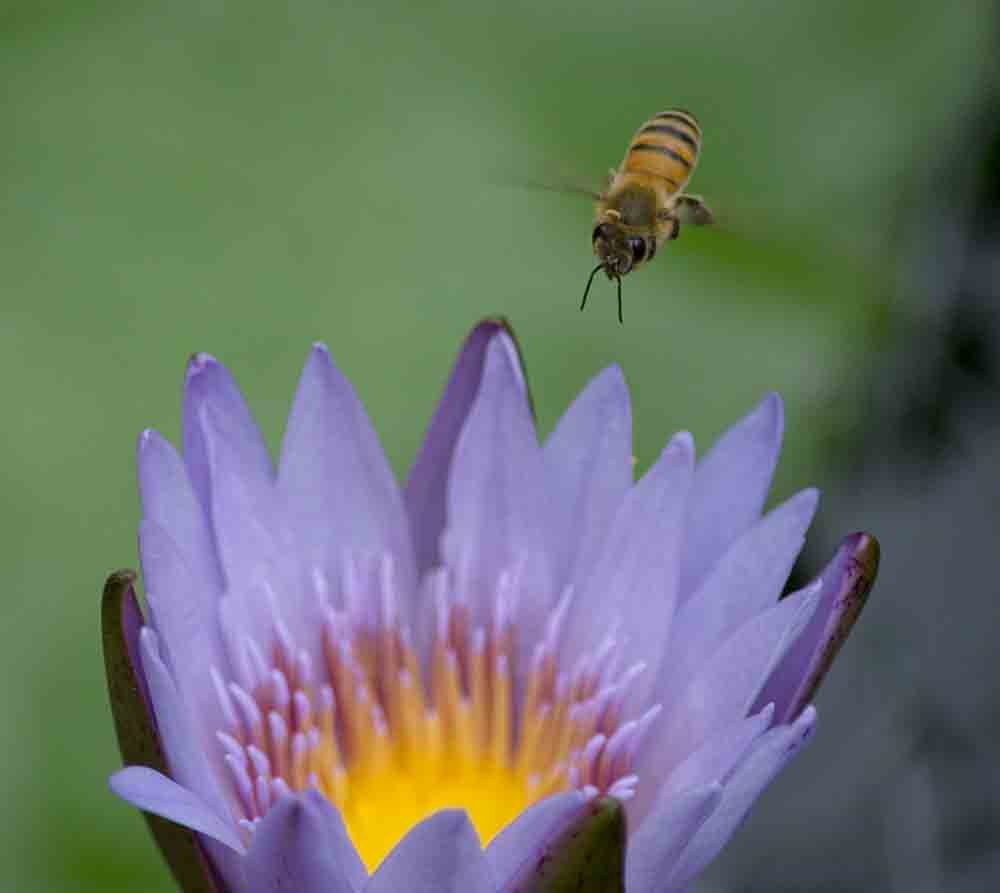Celebrating Pollinators
One of the things I love to do, and find sometimes quite challenging, is to capture photos of pollinators as I go about in nature. Sometimes I need a telephoto and sometimes my cell phone camera does the job admirably. Pollinators may include the well-known and recognized honeybee and bumblebee but also various types of flies, butterflies, beetles, and some vertebrates like birds, bats, and reptiles. For some, the relationship between pollinator and flower is specific and specialized like moths and white flowers but sometimes I find a happy mingling of pollinator and flower just because.
Here are some photos, just because.
Syrphid flies are pollinators in the fly family or Dipteridae, a name that means two-winged unlike bees that have four wings. Flies in this group often seem to hover over flowers and can quickly change direction giving them the other names of hover or flower flies. Look closely at your flowers and you may see a little two-winged pollinator that resembles a bee but is not. In addition to pollinating your flowers while eating pollen and nectar, they also feed on the pesky aphids that can damage your plants. This one was visiting flowers on a Spanish needle in south Florida.
Long-horned beetles are some of my favorite insects with their elegant coloring, slender bodies, and long antennae. This long-horned beetle spent quite a bit of time crawling around the delicate petals of a hybrid musk rose in the Berkeley Botanical Garden.
Every time I visit the still waters of the Florida Everglades, I enjoy the abundant yellow flowers of spatterdock, a type of water lily. The flowers never seem to fully open, remaining bowl-shaped and progressing to a sort of vase-shaped seed pod. This one had a tiny pollinator in the opening.
For a short time we had a lovely deep lavender waterlily in a little pond in the front yard of our south Florida home. One day I was wandering around with my camera, as one does, and saw this bee dive-bombing the flower.
Bumblebees are often heard first and seen later. It’s a lot of fun to track them down and watch them buzz about the flowers. This lovely was visiting a bee balm, Monardia, in the Meadow Garden at Longwood Gardens in Kennett Square, PA.
One of my favorite butterflies is the Ruddy Daggerwing and we often saw it on our native stopper trees and coffee bushes.
Now that spring is here and flowers are blooming, pollinators are buzzing or flitting about. Check out the action in your garden or in a local park, nursery, or botanical garden and let me know what you are seeing.





